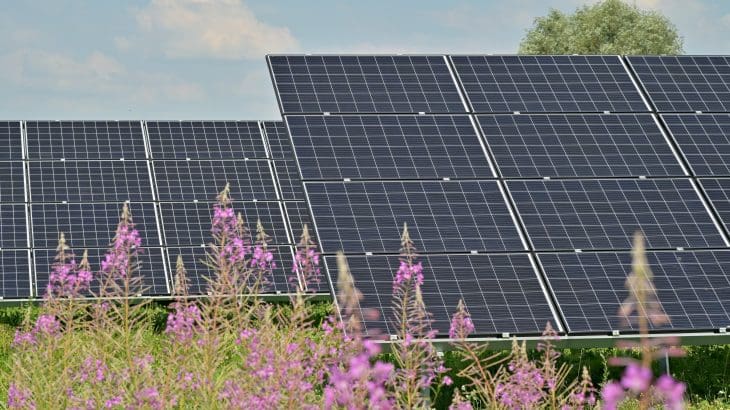According to a recent article in Renewable Energy World, the Caribbean is at the forefront of renewable energy leadership in the Post-COP21 policy environment. The significant level of knowledge accrued by local companies, who have access to new technologies and engineering skills, has driven interest from private investors from the U.S., Europe and Asia. Fossil fuel generation continues to be the main source of municipal electricity supply in the Caribbean; increasingly, it is less popular, especially with instability in Venezuela on the rise. Institutions are contributing to barriers breaking-down in the the region.
The Caribbean Energy Security Initiative (CESI) was established for three major reasons — the threat to current oil supply to national security in the Caribbean region, the challenge of investment grade bonds of local governments to support private investment, and to promote the fundamental capability to accelerate renewable energy development through the available natural resources. Despite efforts in the region, the acceleration of development is slowed by a lack of long-term debt financing needed to sustain infrastructure projects. Support exists from multinational institutions like the World Bank and OPIC, but the loan approval processes tend to be long and arduous where the needs should be met urgently. Also, failure to accept and uptake new technologies leads to a gap known as the ‘implementation deficit’. This latter problem exists where technology fails to relate to local culture and education. Finally it is difficult to create economies of scale in a 1,500 square mile region that is comprised of countries with small populations, often very young or very old. As the attitude toward climate change shifts and development goals focus on the Caribbean, governments should take the necessary steps to update education and energy policy, at the same time attracting private investment to the region for public-private partnerships.


